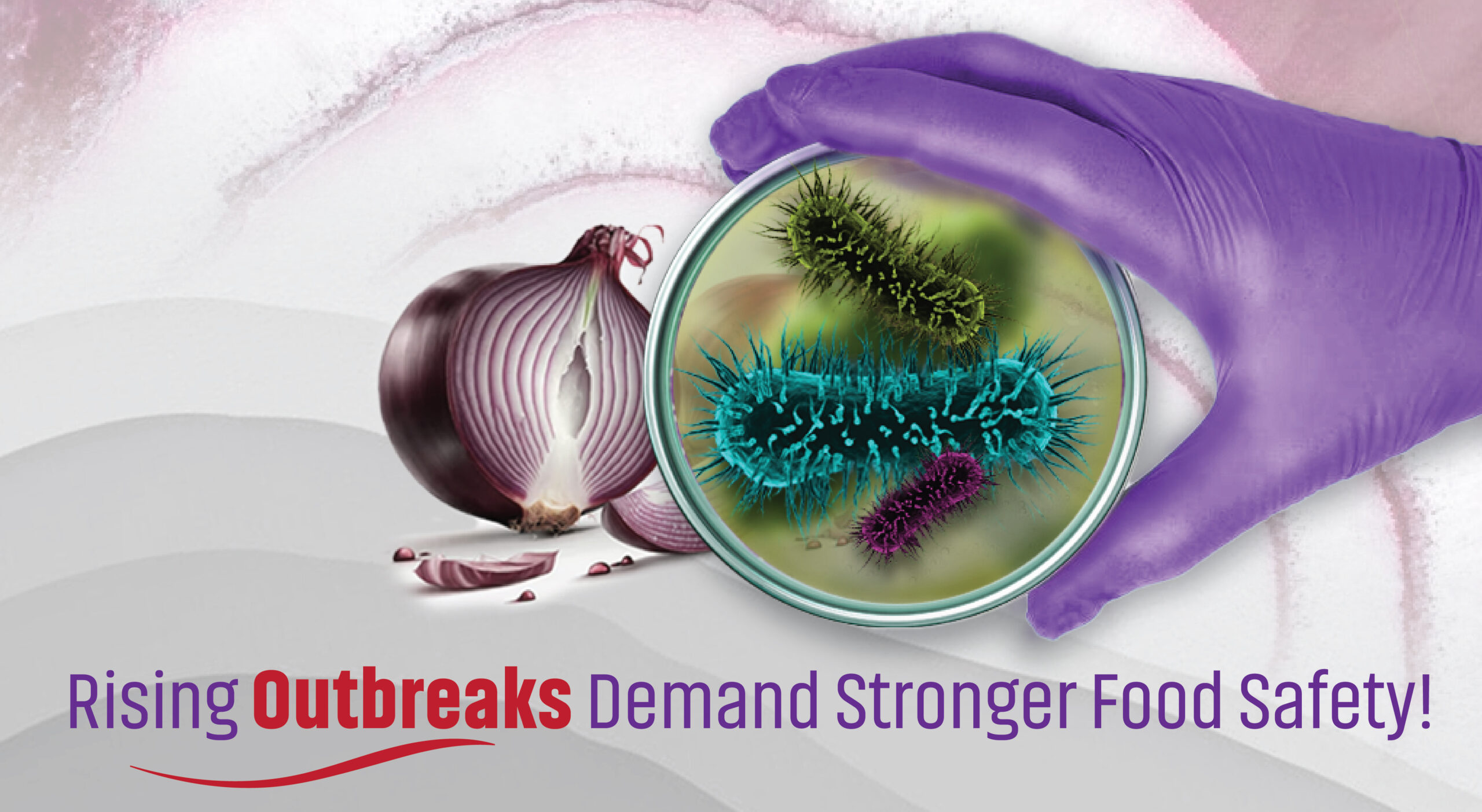In 2024, Health Canada revised the monograph for Antiseptic Skin Cleansers intended for Personal, Domestic, and Commercial Use. Importantly, the revised monograph explicitly excludes .....
On May 31, 2025, Canada’s new Biocides Regulations come into force, replacing earlier guidance documents with a more robust, unified framework for evaluating biocide performance....
New peer-reviewed study published in Journal of Virological Methods expands CREM Co Labs’ large-chamber aerobiology protocol from bacteria, and virus surrogates to mammalian viruses
CREM Co Labs is validating these sophisticated analytical techniques to identify and mitigate Clostridium botulinum contamination ...
In a series of articles, we compare the previous 2020 efficacy guidance with the new efficacy requirements for biocides, highlighting what has ...
Tuberculosis (TB) is an infectious disease caused by Mycobacterium tuberculosis and members of the Mycobacterium tuberculosis complex...
Spore-forming bacteria are a persistent ...
2024 was a landmark year at CREM Co Labs, marked by transformative advancements across our service portfolio and laboratory capabilities. We are pleased to share these milestones with our, ...
Drug development is a complex process, often requiring over a decade and substantial financial investment. Drug repurposing (also known as drug repositioning), which involves finding new therapeutic applications for ...
A Good Laboratory Practice (GLP) accredited laboratory is one that adheres to a set of internationally recognized quality standards for non-clinical laboratory studies, ensuring the reliability, reproducibility, and integrity of the data generated ...
When it comes to food safety, visible cleanliness doesn’t always mean a surface is free of danger. One of the most persistent threats in food processing and production environments comes from ...
In the complex landscape of drug development, researchers continually seek strategies to improve the success rates of identifying effective therapeutic candidates. Traditional target-based ...
A recent E. coli O157 outbreak linked to slivered onions used in fast-food burgers has raised significant food safety concerns across the United States. As of October 30, 2024, ...
We are excited to share a significant achievement from CREM Co Labs, and an opportunity for you to enhance the visibility and credibility of your ...
We are delighted to announce that CREM Co Labs (CCL) has now received ISO/IEC 17025 certification for its biological testing services. This adds to our existing compliance with OECD Good Laboratory Practice (GLP) ...
Good Laboratory Practices (GLP) are a set of quality assurance principles that ensure the reliability, reproducibility, and integrity of laboratory studies, particularly in non-clinical research ...

















